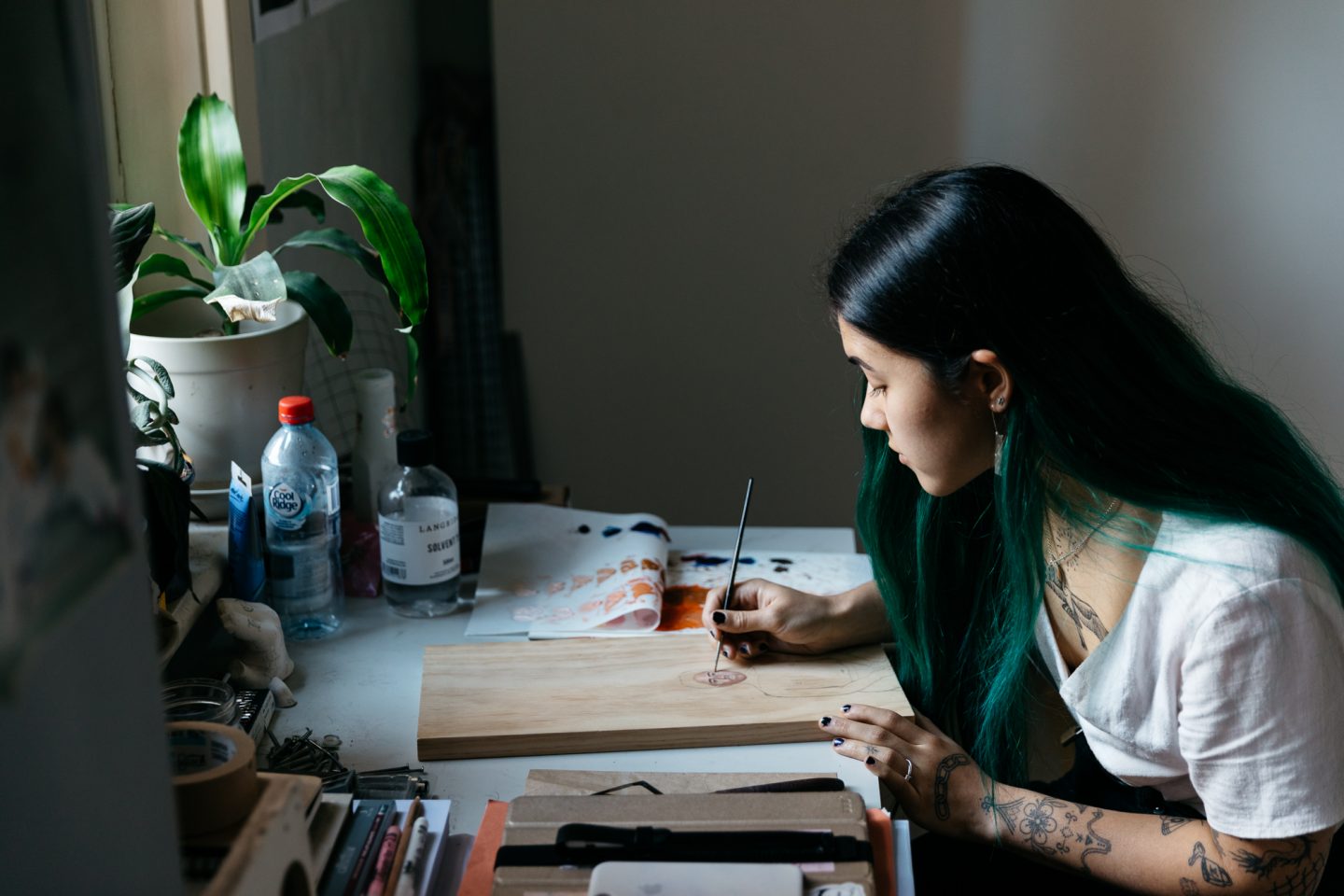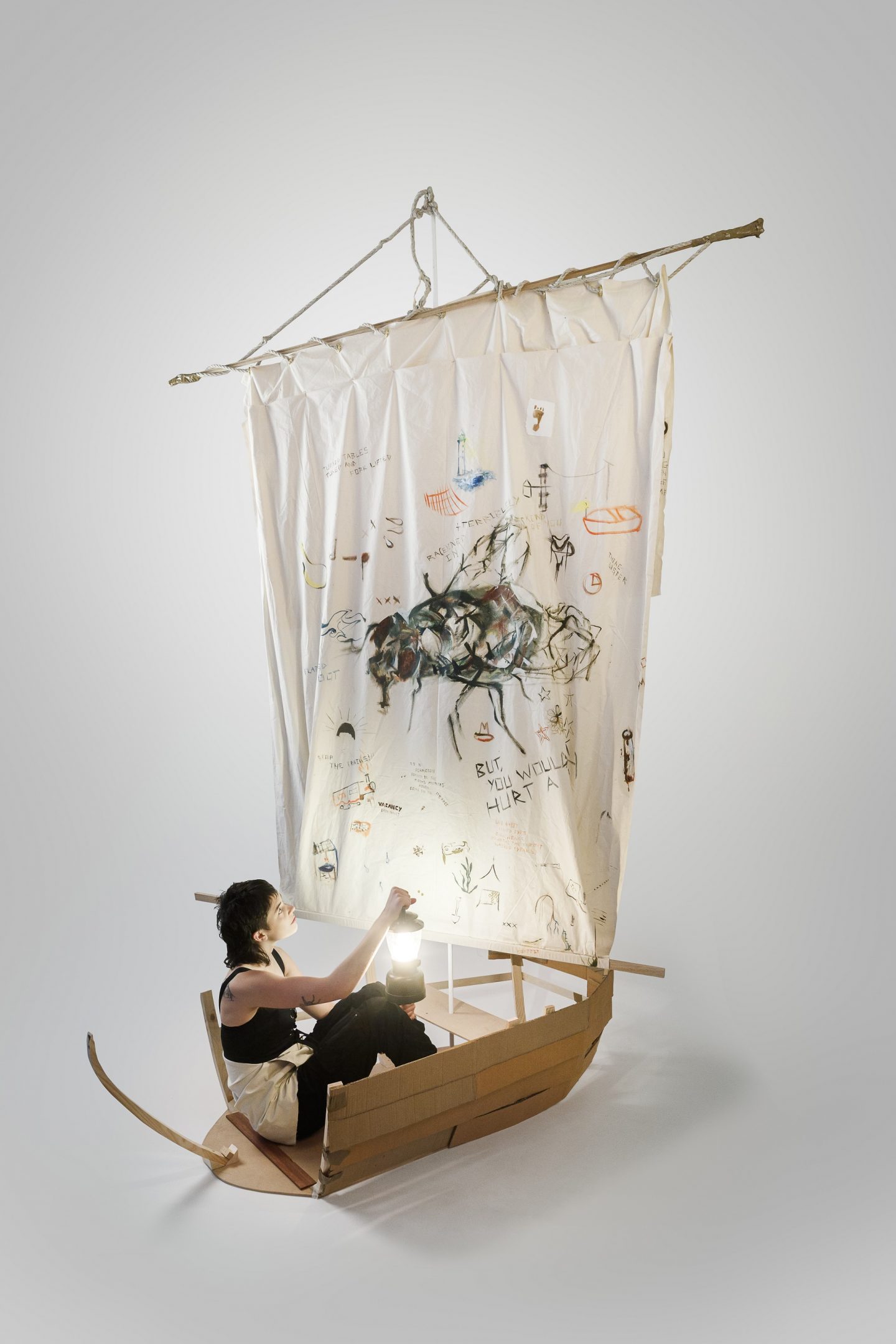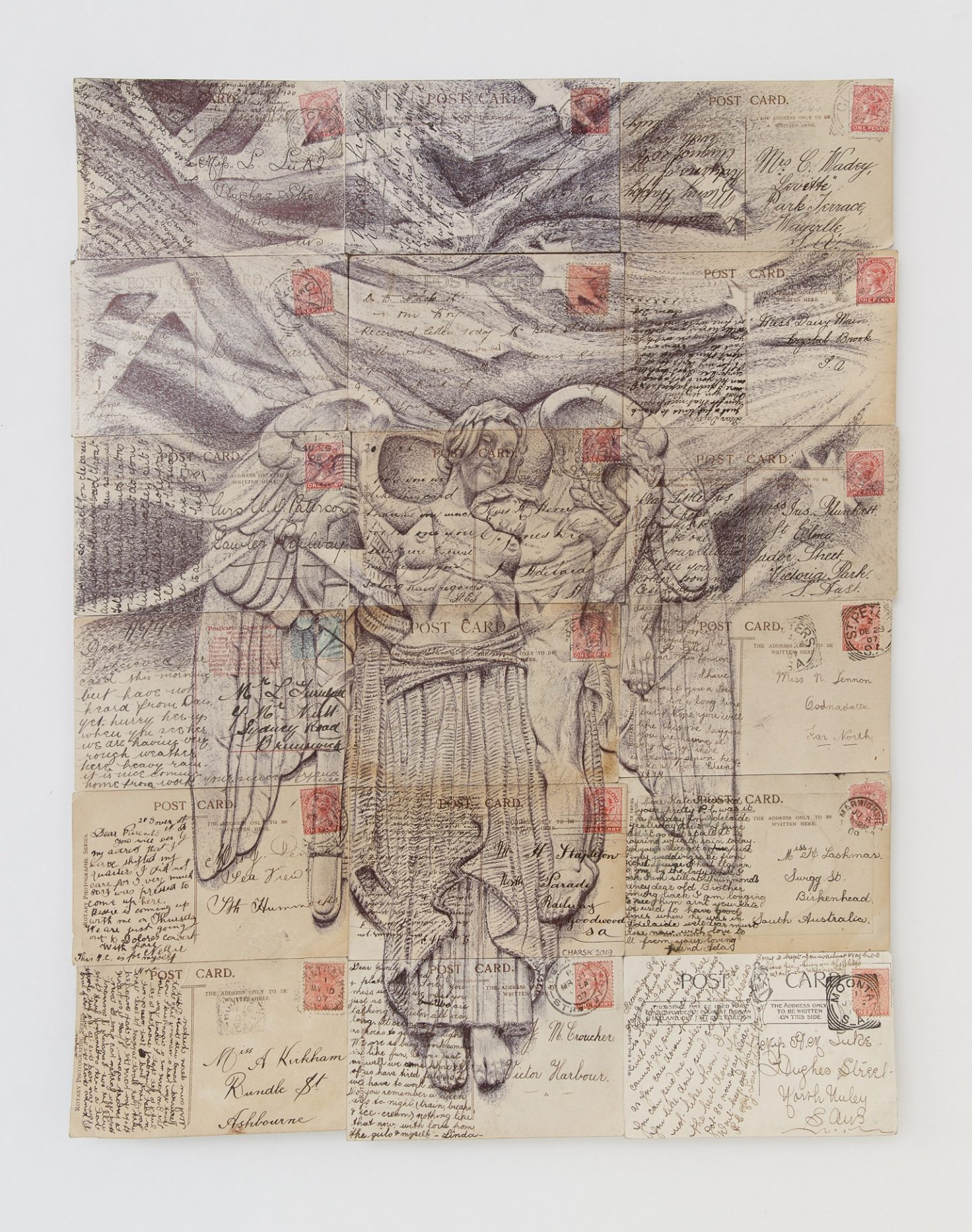In
December 2019 The Graduate Exhibition was held at the Adelaide Central School of Art (ACSA) –
an important milestone for the 26 students graduating from their Bachelor of
Visual Art (Honours) and Bachelor of Visual Art degrees where they are given the
opportunity to present a body of work that showcases their practice. What was
striking about this group was the sheer diversity of the work on display and
the high level and well thought out presentation of these works.
“This
year’s graduates have been really ambitious. There is an unusually high volume
of large-scale work. These students have been challenged to make complex
connections between ideas and materials,” says Penny Griggs, chief executive of
ACSA . “Each student has created a body of work that reflects who they are,
offering insights into the type of art practice they will pursue in the future.”
Andrew
Purvis, ACSA’s final year supervisor and exhibitions curator, adds: “The unique
way the degree is constructed means that the second semester of third year is
like a mini honours year. The student has a supervisor and a studio and they dedicate
the entire six months to a single project and you can really see that in the
level of investigation and investment that occurs.”
With
students working across a range of media including performance, digital video,
painting, ceramics, drawing, installation and sculptural works it’s difficult
to highlight artists among the group. However, a few artists stood out for
their unique and thoughtful practice.
 Chiranjika Grasby at work
Chiranjika Grasby at work
Peter
Kucharski’s works, created using tattoo techniques, were exquisite, in particular
his drawings applied using a tattoo machine onto vintage postcards. His
practice involves expanding the media of drawing to incorporate tattooing, and
adapting this to a fine art practice. Like the human body and the art form of
tattooing, the vintage postcards contain history and stories. Kucharski also
experimented with other surfaces including bottles to investigate how tattooing
might be further developed to include different surfaces. His efforts were
recognised with the Board of Governors and Guildhouse Award for Excellence.
Chiranjika
Grasby also explores tattoos but in a very different way to Kucharski: she
paints portraits of her family members and people that are close to her with
imagined tattoos. Grasby is interested in how tattoos reflect personalities,
and how people’s histories are described by what they wear on their bodies. Her
small paintings on found timber are beautiful – the roughness of the timber’s surface
contrasts with the delicacy and precision of the painting.
“The
students have been exploring some weighty issues, including climate change,
sexuality, and materialism,” says Griggs. “The human condition, and the way in
which we connect with one another, has also been a particular focus, with works
that address ties to place, the power of memory and the need for memorialisation,
lifestyle choices, and relationships with the animal world.”
 Josie Dillon, mast-er
Josie Dillon, mast-er
 Pete Kucharski, Spirit of Duty
Pete Kucharski, Spirit of Duty
Georgia
Button’s five-minute digital video, Space
of In-Betweeness, looks at our relationship to
place. Button grew up in the country but once she left home found she had quite
a nomadic lifestyle. This is reflected through the work, which uses focus to
transport the viewer from one location to another. Button received two awards for
her mesmerising video work: the Adelaide Central School of Art and Artlink
Magazine Award for a high achieving student in Art History and Theory, and the
James Martin Award fora high-achieving BVA graduate.
Honours
graduate Marisha Matthews’ series of skilful paintings are inspired by the
small rituals that happen every night in terms of cleaning and purifying our
domestic spaces. Her paintings act as portals into these ordinary practices as
she questions whether or not they are replacing religious rituals. Matthews focuses
on layering and the effect of light, and how it can change and distort objects.
Gemma Rose Brook’s paintings were also a highlight: she uses the sgraffito
technique to draw out her bold underpainting, creating vibrant lines that make
her landscapes come alive.
The Graduate Exhibition offered an insight into the future of these students as practising artists; it looks bright for the class of 2019. Whether artists were expanding the idea of painting or drawing, or exploring unique materials and techniques, the standard was high and a testament to ACSA and its teachers.
Get the latest from The Adelaide Review in your inbox
Get the latest from The Adelaide Review in your inbox